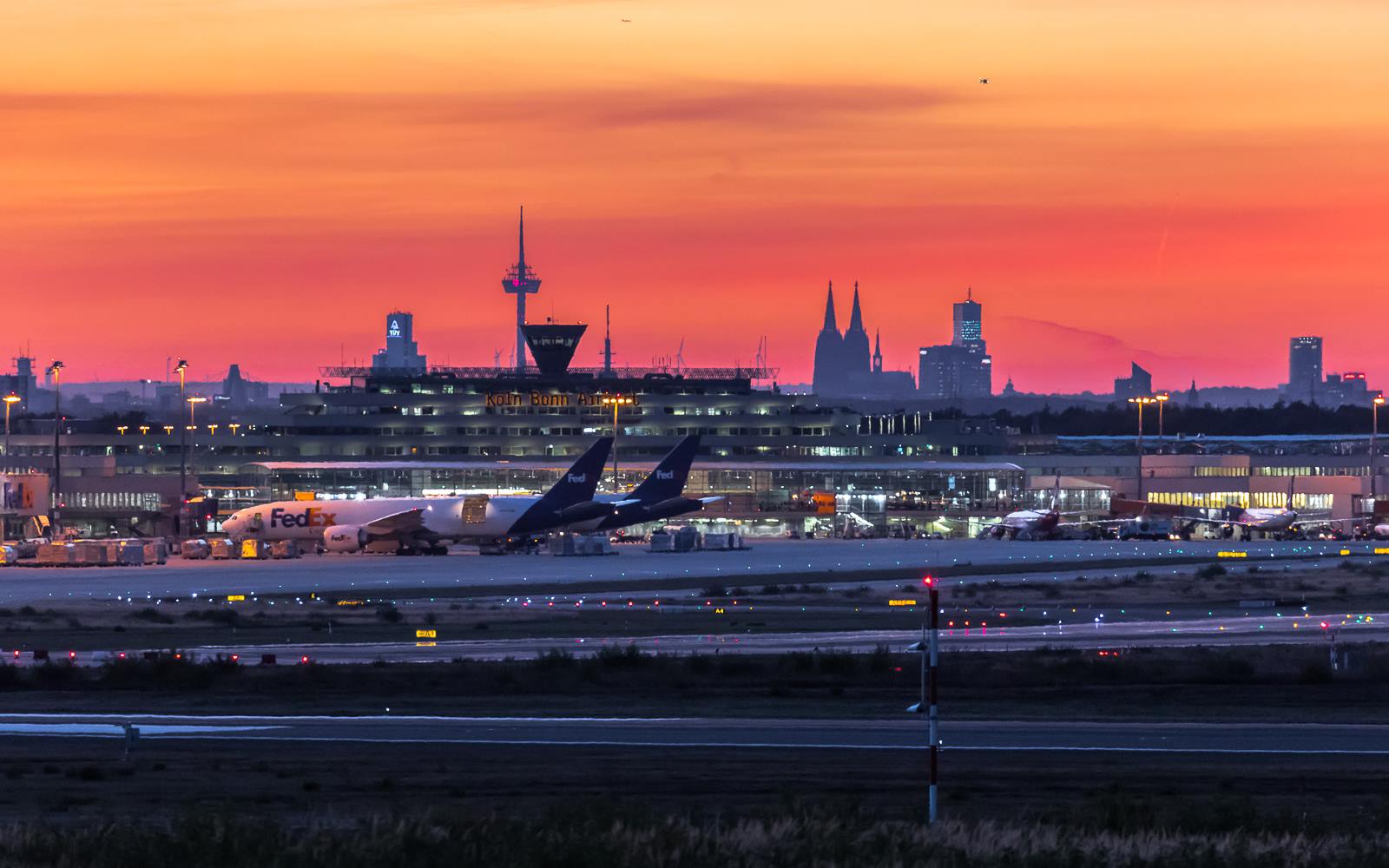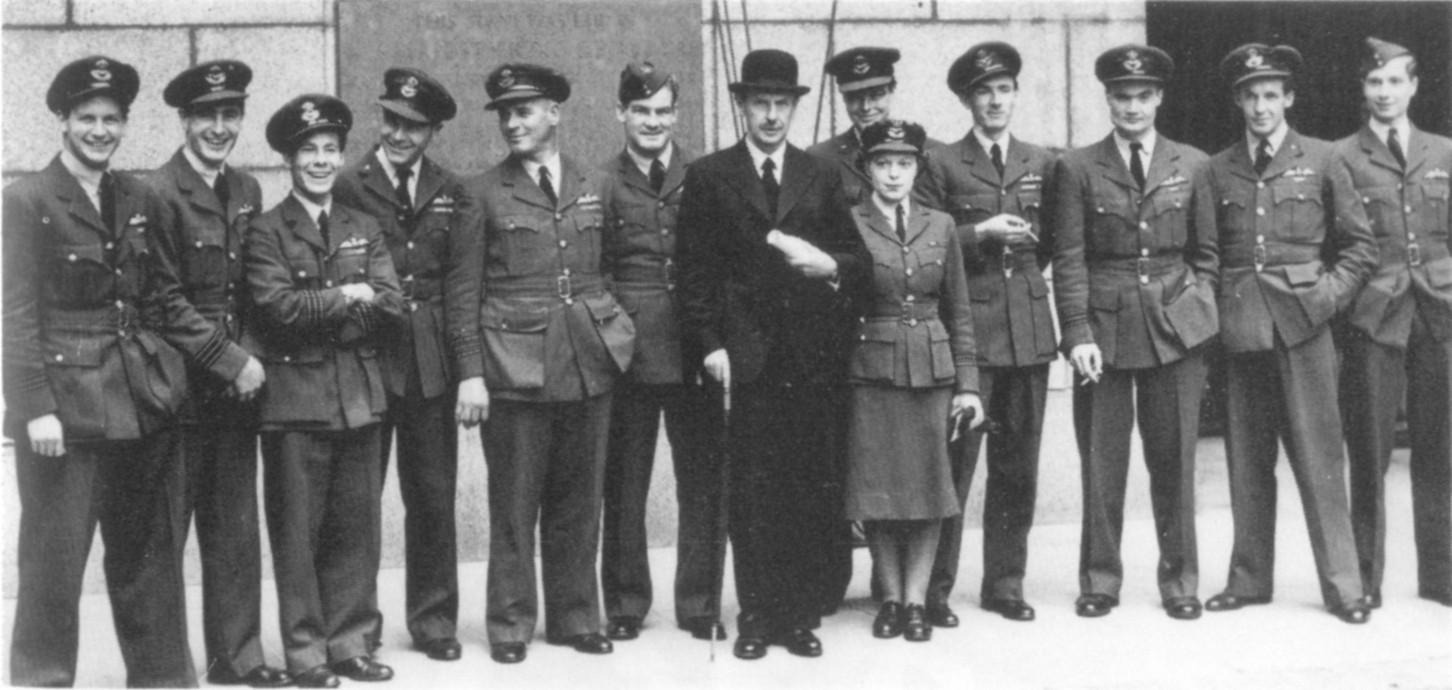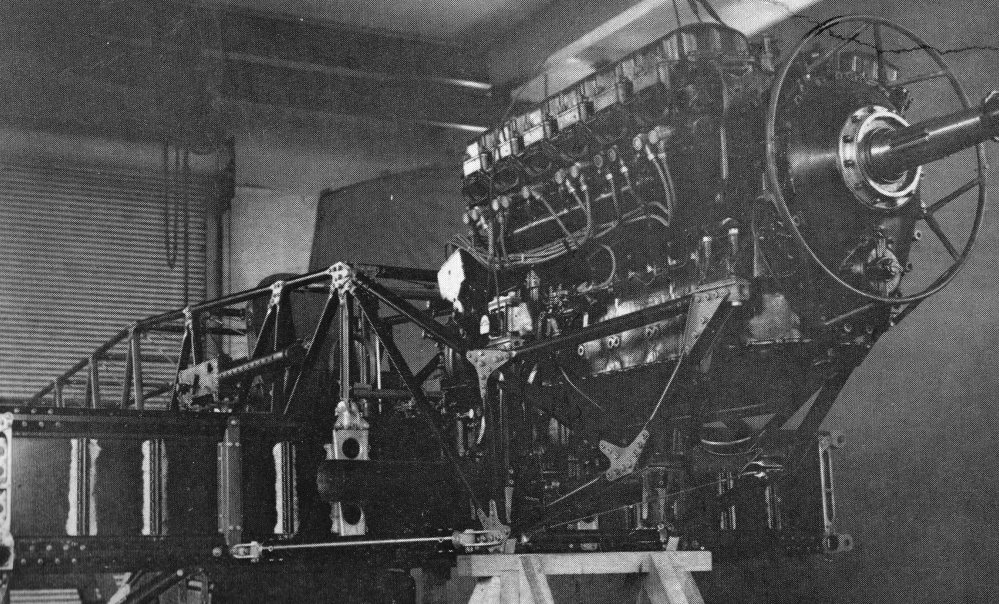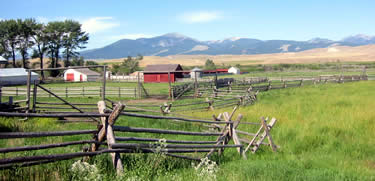|
No. 87 Squadron RAF
No. 87 Squadron RAF was an aircraft squadron of the Royal Air Force during the First World War and Second World War. World War I 87 Squadron Royal Flying Corps (RFC) was first formed on 1 September 1917 at Upavon from elements of the Central Flying School. On 17 December 1917, it moved to Hounslow Heath Aerodrome and was equipped with Sopwith Dolphins and S.E.5As, moving on to France in April 1918. After the armistice, the squadron moved back to England and was disbanded at RAF Ternhill on 24 June 1919.Halley (1988) The squadron had seven aces, in Arthur Vigers DFC, Leslie Hollinghurst, Henry Biziou, Joseph Callaghan, Charles Darwin, Herbert Joseph Larkin, Alexander Pentland, and Charles Edward Worthington. The squadron's "lazy-S" style insignia in use late in World War I on its Dolphins is said to have been authorised for use by CO Callaghan, whose pre-war time living in Texas, where livestock branding on ranch livestock was common there at that time, could have inspired hi ... [...More Info...] [...Related Items...] OR: [Wikipedia] [Google] [Baidu] |
United Kingdom
The United Kingdom of Great Britain and Northern Ireland, commonly known as the United Kingdom (UK) or Britain, is a country in Europe, off the north-western coast of the European mainland, continental mainland. It comprises England, Scotland, Wales and Northern Ireland. The United Kingdom includes the island of Great Britain, the north-eastern part of the island of Ireland, and many List of islands of the United Kingdom, smaller islands within the British Isles. Northern Ireland shares Republic of Ireland–United Kingdom border, a land border with the Republic of Ireland; otherwise, the United Kingdom is surrounded by the Atlantic Ocean, the North Sea, the English Channel, the Celtic Sea and the Irish Sea. The total area of the United Kingdom is , with an estimated 2020 population of more than 67 million people. The United Kingdom has evolved from a series of annexations, unions and separations of constituent countries over several hundred years. The Treaty of Union between ... [...More Info...] [...Related Items...] OR: [Wikipedia] [Google] [Baidu] |
Joseph Callaghan
Joseph Cruess Callaghan, (4 March 1893 – 2 July 1918) was an Irish flying ace of the First World War, credited with five aerial victories. Early life and background Joseph Cruess Callaghan was the eldest of six children of Joseph Patrick Callaghan (of Blackrock, Dublin) and Croasdella Elizabeth Mary (née Bolger; daughter of James Bolger and Croasdella Elizabeth Cruess); he was educated at Jesuit schools such as Belvedere College (Dublin) and Stonyhurst College (Lancashire, England). First World War Callaghan was living in Texas when the First World War broke out; he returned home to be commissioned as a second lieutenant in the 7th (Service) Battalion, Royal Munster Fusiliers in January 1915. He transferred to the Royal Flying Corps on 1 September, and trained as a pilot, being granted Royal Aero Club Aviators Certificate No. 1829 on 4 October, after soloing a Maurice Farman biplane at the Military School, Norwich, and was appointed a flying officer on 25 January 1916. Calla ... [...More Info...] [...Related Items...] OR: [Wikipedia] [Google] [Baidu] |
RAF Wahn
Cologne Bonn Airport (german: Flughafen Köln/Bonn 'Konrad Adenauer') is the international airport of Germany's fourth-largest city Cologne, and also serves Bonn, former capital of West Germany. With around 12.4 million passengers passing through it in 2017, it is the seventh-largest passenger airport in Germany and the third-largest in terms of cargo operations. By traffic units, which combines cargo and passengers, the airport is in fifth position in Germany. As of March 2015, Cologne Bonn Airport had services to 115 passenger destinations in 35 countries. The airport is named after Cologne native Konrad Adenauer, the first post-war Chancellor of West Germany. The airport is located in the district of Porz and is surrounded by the ''Wahner Heide'' nature reserve. The airport is centrally located in the Cologne Bonn Region southeast of Cologne city centre and northeast of Bonn. Cologne Bonn Airport is one of the country's few 24-hour airports and serves as a hub for Eurowin ... [...More Info...] [...Related Items...] OR: [Wikipedia] [Google] [Baidu] |
John Strachey (politician)
Evelyn John St Loe Strachey (21 October 1901 – 15 July 1963) was a British Labour politician and writer. A journalist by profession, Strachey was elected to Parliament in 1929. He was initially a disciple of Oswald Mosley, and, feeling that the Second Labour Government was not doing enough to combat unemployment, joined Mosley in founding the New Party in 1931. He broke with Mosley later in the year and so did not follow him into fascism. Strachey lost his seat in 1931, was a Communist sympathiser for the rest of the 1930s and broke with the Communist Party in 1940. During the Second World War, Strachey served as a Royal Air Force officer in planning and public relations roles. He was once again elected to Parliament as a Labour MP in 1945 and held office under Clement Attlee as Minister of Food (he became an unpopular figure because of the continued food rationing) and as Secretary of State for War. He continued to be a Labour MP, generally as a supporter of the party' ... [...More Info...] [...Related Items...] OR: [Wikipedia] [Google] [Baidu] |
RAF Charmy Down
RAF Charmy Down is a former Royal Air Force (RAF) station in Somerset, England, approximately north-northeast of Bath and west of London. Opened in 1941, it was used initially by the RAF and from 1943 by the United States Army Air Forces, primarily as a night fighter interceptor airfield. It was closed in 1946. Today the remains of the airfield are on private property and are used as agricultural fields. History A kerbed long barrow site was flattened to make way for the airfield. A cremation urn had been found near a burial of a long necked beaker and a bronze dagger, believed to be from the Beaker people. The airfield was planned as a satellite for the Maintenance Unit at nearby RAF Colerne, but by the time construction work started in 1940 it had been selected as a sector station by No. 10 Group of RAF Fighter Command. RAF Charmy Down was opened late in 1940 and originally had a grass surface with landing strips of , both southeast to northwest and northeast to southwest. ... [...More Info...] [...Related Items...] OR: [Wikipedia] [Google] [Baidu] |
Ian Gleed
Wing Commander Ian Richard Gleed (3 July 1916 – 16 April 1943), nicknamed "Widge," was a Royal Air Force (RAF) pilot and flying ace credited with the destruction of 13 enemy aircraft during the Second World War. He served in the Battle of France and Battle of Britain before being shot down and killed over Tunisia. Gleed published a fictionalized memoir, ''Arise to Conquer'', in 1942. Gleed Avenue in Bushey is named in his honour, one of a number of streets in the area named after Battle of Britain pilots. Early life Gleed was born in Finchley, north London on to Seymour Richard and Florence Hair Gleed. His father, a doctor, had served as a captain in the Royal Army Medical Corps during the First World War, and his sister Daphne was also involved in medicine. He studied at Epsom College and was an avid sailor. Gleed told friends that after the war, he planned to buy a sailboat and sail to the South Seas. Military career Pre-war After learning to fly as a civilian, Gleed was ... [...More Info...] [...Related Items...] OR: [Wikipedia] [Google] [Baidu] |
Hawker Hurricanes
The Hawker Hurricane is a British single-seat fighter aircraft of the 1930s–40s which was designed and predominantly built by Hawker Aircraft Ltd. for service with the Royal Air Force (RAF). It was overshadowed in the public consciousness by the Supermarine Spitfire during the Battle of Britain in 1940, but the Hurricane inflicted 60 percent of the losses sustained by the Luftwaffe in the campaign, and fought in all the major theatres of the Second World War. The Hurricane originated from discussions between RAF officials and aircraft designer Sir Sydney Camm about a proposed monoplane derivative of the Hawker Fury biplane in the early 1930s. Despite an institutional preference for biplanes and lack of interest by the Air Ministry, Hawker refined their monoplane proposal, incorporating several innovations which became critical to wartime fighter aircraft, including retractable landing gear and the more powerful Rolls-Royce Merlin engine. The Air Ministry ordered Hawker's ''Int ... [...More Info...] [...Related Items...] OR: [Wikipedia] [Google] [Baidu] |
Hawker Fury
The Hawker Fury is a British biplane fighter aircraft used by the Royal Air Force in the 1930s. It was a fast, agile aircraft, and the first interceptor in RAF service capable of speed higher than 200 mph (321 kmh). It was the fighter counterpart to the Hawker Hart light bomber. Design and development The Hawker Fury was a development of the earlier Hawker F.20/27 prototype fighter, replacing the radial engine of the F.20/27 with the new Rolls-Royce F.XI V-12 engine (later known as the Rolls-Royce Kestrel), which was also used by Hawker's new light bomber, the Hawker Hart. The new fighter prototype, known as the Hawker Hornet, first flew at Brooklands, Surrey, in March 1929.Mason 1992, p.213. The Hornet was a single-engined biplane, with single bay wings, initially powered by a 420 hp (313 kW) Rolls-Royce F.XIC engine enclosed by a smooth, streamlined cowling but was quickly re-engined with a 480 hp (358 kW) Kestrel IS.Goulding 1986, p.37. The ... [...More Info...] [...Related Items...] OR: [Wikipedia] [Google] [Baidu] |
RAF Tangmere
RAF Tangmere was a Royal Air Force station located in Tangmere, England, famous for its role in the Battle of Britain, and one of several stations near Chichester, West Sussex. The famous Second World War aces Wing Commander Douglas Bader, and the then inexperienced Johnnie Johnson were stationed at Tangmere in 1941. History First World War The aerodrome was founded in 1917 for use by the Royal Flying Corps as a training base. In 1918 it was turned over to the Aviation Section, U.S. Signal Corps (USSC) as a training ground, and continued as such until the end of the Great War in November of that year, after which the airfield was mothballed. Inter-War Years In 1925 the station re-opened to serve the RAF's Fleet Air Arm, and went operational in 1926 with No. 43 Squadron equipped with biplane Gloster Gamecocks (there is a row of houses located near the museum entrance called Gamecock Terrace). As war threatened in the late 1930s, the fighter aircraft based at Tangmere be ... [...More Info...] [...Related Items...] OR: [Wikipedia] [Google] [Baidu] |
Aircraft Of The Royal Air Force 1939-1945- Hawker Hurricane
An aircraft is a vehicle that is able to fly by gaining support from the air. It counters the force of gravity by using either static lift or by using the dynamic lift of an airfoil, or in a few cases the downward thrust from jet engines. Common examples of aircraft include airplanes, helicopters, airships (including blimps), gliders, paramotors, and hot air balloons. The human activity that surrounds aircraft is called ''aviation''. The science of aviation, including designing and building aircraft, is called ''aeronautics.'' Crewed aircraft are flown by an onboard pilot, but unmanned aerial vehicles may be remotely controlled or self-controlled by onboard computers. Aircraft may be classified by different criteria, such as lift type, aircraft propulsion, usage and others. History Flying model craft and stories of manned flight go back many centuries; however, the first manned ascent — and safe descent — in modern times took place by larger hot-air ... [...More Info...] [...Related Items...] OR: [Wikipedia] [Google] [Baidu] |
Ranch
A ranch (from es, rancho/Mexican Spanish) is an area of land, including various structures, given primarily to ranching, the practice of raising grazing livestock such as cattle and sheep. It is a subtype of a farm. These terms are most often applied to livestock-raising operations in Mexico, the Western United States and Western Canada, though there are ranches in other areas.For terminologies in Australia and New Zealand, see Station (Australian agriculture) and Station (New Zealand agriculture). People who own or operate a ranch are called ranchers, cattlemen, or stockgrowers. Ranching is also a method used to raise less common livestock such as horses, elk, American bison, ostrich, emu, and alpaca.Holechek, J.L., Geli, H.M., Cibils, A.F. and Sawalhah, M.N., 2020. Climate Change, Rangelands, and Sustainability of Ranching in the Western United States. ''Sustainability'', ''12''(12), p.4942. Ranches generally consist of large areas, but may be of nearly any size. In t ... [...More Info...] [...Related Items...] OR: [Wikipedia] [Google] [Baidu] |
Livestock Branding
Livestock branding is a technique for animal identification, marking livestock so as to identify the owner. Originally, livestock branding only referred to hot branding large stock with a branding iron, though the term now includes alternative techniques. Other forms of livestock identification include freeze branding, inner lip or ear tattoos, earmark (agriculture), earmarking, ear tagging, and radio-frequency identification (RFID), which is tagging with a microchip implant (animal), microchip implant. The semi-permanent paint markings used to identify sheep are called a paint or color brand. In the Western United States, American West, branding evolved into a complex marking system still in use today. History The act of marking livestock with fire-heated marks to identify ownership has origins in ancient times, with use dating back to the ancient Egyptians around 2,700 BCE. Among the ancient Romans, the symbols used for brands were sometimes chosen as part of a magic spell a ... [...More Info...] [...Related Items...] OR: [Wikipedia] [Google] [Baidu] |




.jpg)

